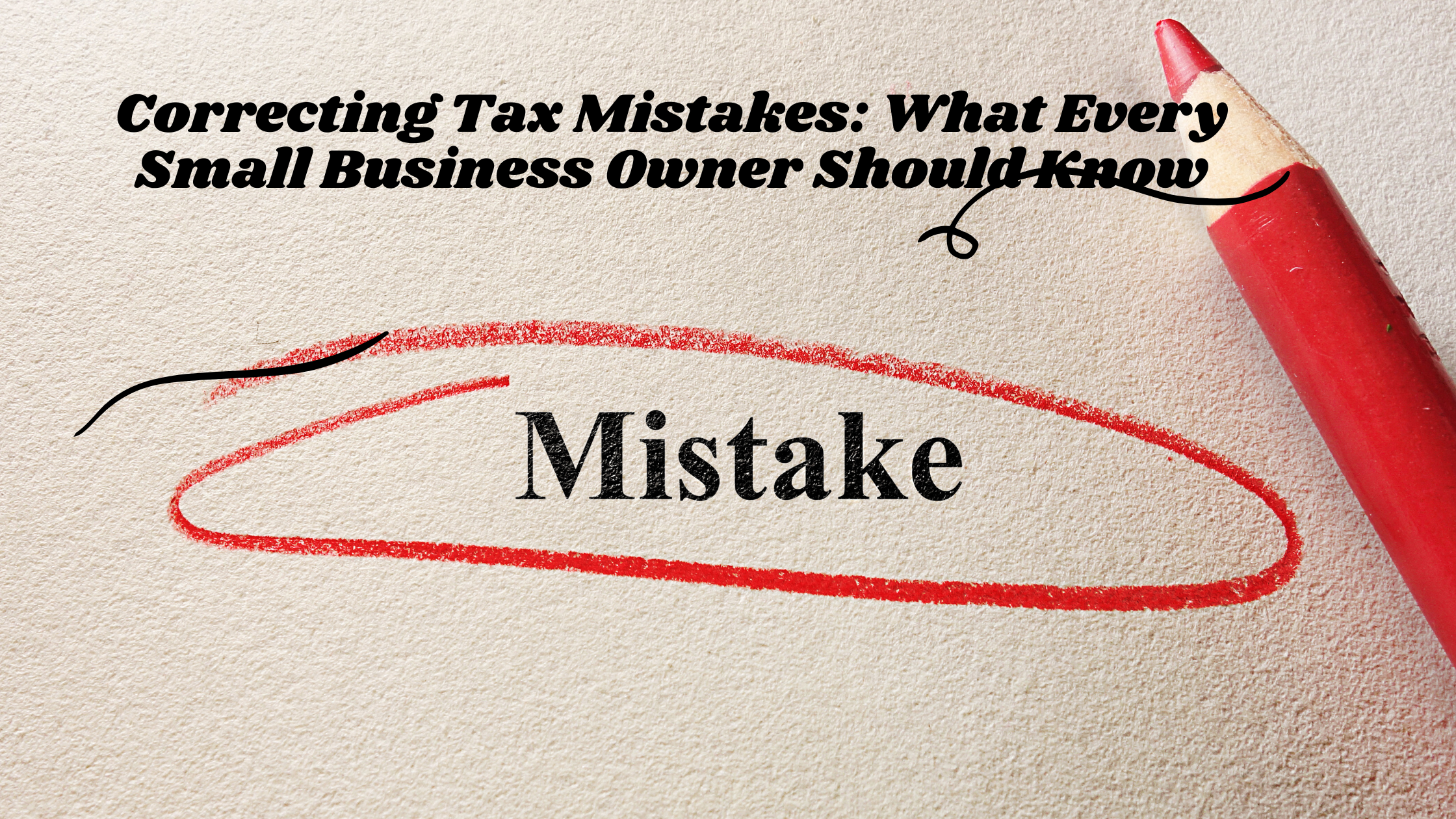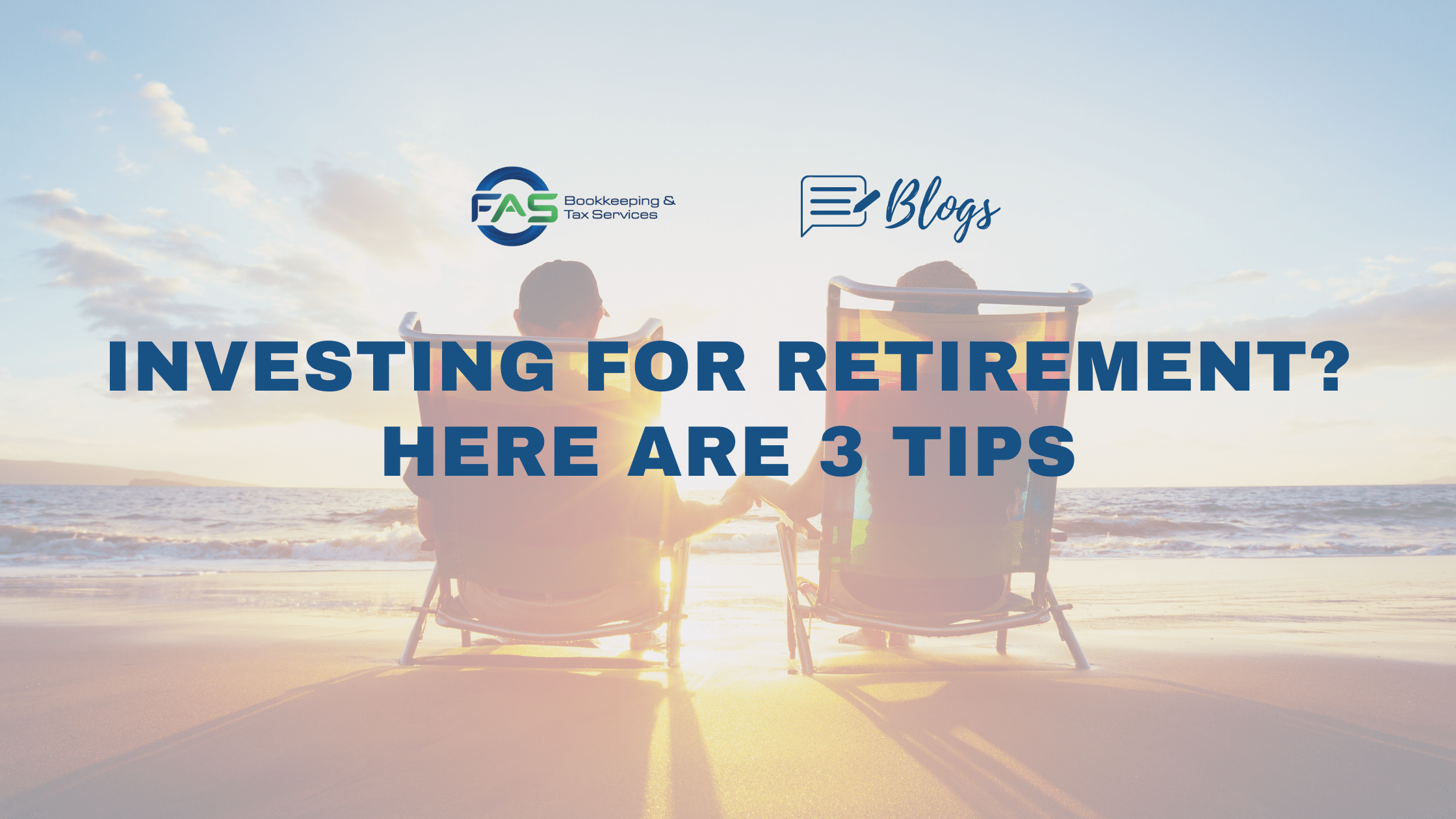Investing for retirement? Here’s 3 tips.
When it comes to retirement investing, it can be extremely tempting to put off your savings while you are young. Retirement seems so distant that you don’t see it arriving any time soon. Your present needs might seem to outweigh your need to invest for your retirement, but that’s far from the truth. Saving early and often is one of the biggest secrets to success and a happy retirement. If you plan on enjoying your retirement years in relative peace without worrying about your basic necessities for everyday, then the time to start saving and investing for retirement is now.
Here are 3 tips that can help get you pointed in the right direction and on your way to building a strong retirement portfolio.
Don’t be scared of the stock market
There are so many reasons to get into the stock market, but if you’re intimidated by the complexities of investing, don’t let that stop you. In this age of easy access to information, comprehensive investing information for beginners is just a tap away on your smartphone.
If you would like to invest for yourself, there are also many target-date retirement mutual funds and ETFs (Exchange Traded Funds) that sell shares of pre-diversified funds (large portfolios of stocks or bonds, typically) you can buy into easily with very little money. Some of these funds can started with as little as $100, with future investments of even smaller amounts. Again, there are easy smartphone apps that can help with this as well.
Get the most tax-advantageous retirement account
If your employer offers a 401(k) plan, take advantage of it by making regular contributions. Your employer will likely match some or all of your contributions up to a certain amount, as well. For example, some employers will match 50 percent of every dollar contributed up to $5,000 per year, every year. These contribution matches are essentially free money. In this example, your employer would deposit $2,500 for free if you just deposited $5,000 to your 401(k).
If your employer doesn’t offer a 401(k) plan, you can set up an Individual Retirement Account (IRA). There are two types of IRAs: Roth and Traditional. The Roth allows you to make pre-tax contributions, but then won’t be taxed on distributions when you retire. The Traditional IRA works the opposite way, allowing pre-tax contributions (the contributions are tax deductible each year), but then you have to pay regular income taxes on distributions after retirement. Which one you choose will depend on your tax bracket and whether you’d rather be taxed in the tax bracket you are in now or the one after retirement.
Keep an eye out for fees and keep costs low
When you’re first getting started investing, it can be tempting to go with a full-service broker. After all, they have more resources and expertise than a discount brokerage does—and often charge a higher commission fee.
But if you’re a young investor, or just don’t want to pay for the endless advice that comes with hiring an advisor, going with a discount brokerage might be your best option. These websites typically have much lower fees than full-service brokerages do. Try to select a brokerage that charges very low fees, because trading fees can eat up a significant percentage of your profits if you are not careful.
Once your account is set up, avoid buying and selling frequently. Instead, try to buy and hold investments for as long as possible to minimize excessive trading activity and fees. As a rule of thumb, index funds will allow you to maintain a diverse portfolio with radically lower trading fees than you would have incurred had you invested manually in a wide variety of individual stocks.
Hopefully these tips prove helpful to you as you invest for your retirement. If you’ve already begun saving and investing for your retirement as a young person, you are well on your way to a healthy financial future, and well ahead of many of your peers. Congratulations! If you have any other tips you’ve discovered, feel free to share them with fellow investors in the comments below.





